Hyundai will seek to "popularise hydrogen" by 2040 with a raft of initiatives aimed at positing the fuel as an alternative to all-out battery electrification, and not just in the private vehicle sector.
Following on from yesterday's wide-reaching commitment to making its vehicle fleet all-electric in Europe by 2035 and globally by 2040, Hyundai has voiced a commitment to mass producing hydrogen fuel cell electric vehicles (FCEVs).
Further to that, the company estimates that FCEVs will be similarly priced to equivalent battery electric vehicles (BEVs) by 2030.
Leading the hydrogen charge in the passenger sector will be a new hybrid sports car referred to at concept stage as the Vision FK. Previewed as part of Hyundai's hydrogen strategy presentation, it's claimed to pack more than 671bhp, accelerate from 0-62mph in less than 4.0sec and achieve a range of more than 373 miles.

Unusually, the Vision FK pairs its hydrogen fuel-cell stack with a Rimac-developed battery-electric powertrain driving the rear wheels, which would make it the first car to use both systems, assuming it makes production unchanged.
Hyundai has previously suggested that future models from its N performance division would adopt hydrogen powertrain solutions, and the Vision FK concept is the first physical sign that they will indeed "use a combination of both" battery and hydrogen power sources, as suggested by chief marketing officer Thomas Schemera earlier this year.
Hyundai is developing the Vision FK as a "rolling lab" – similar to the previous RM19 mid-engined concept - and Rimac, in which Hyundai holds a substantial stake, was chosen as an EV technology supplier as Hyundai's own E-GMP architecture couldn't facilitate the "very challenging" packaging.

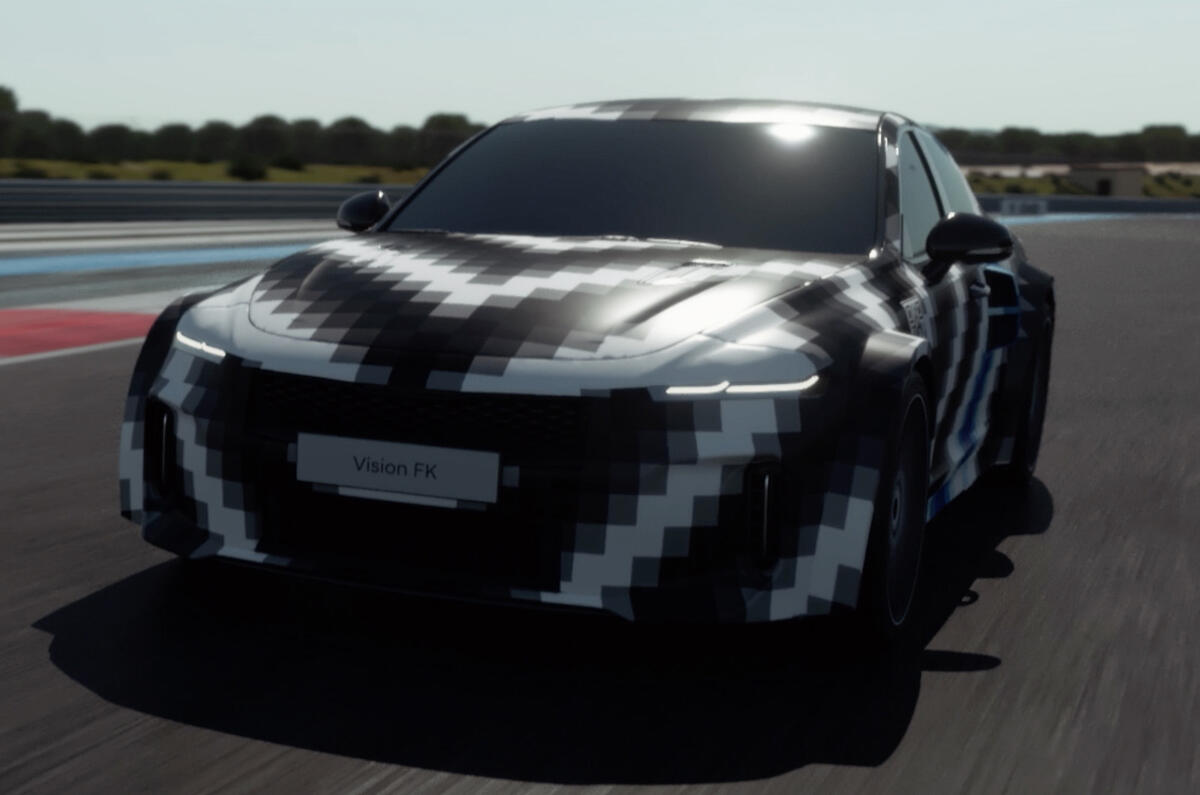
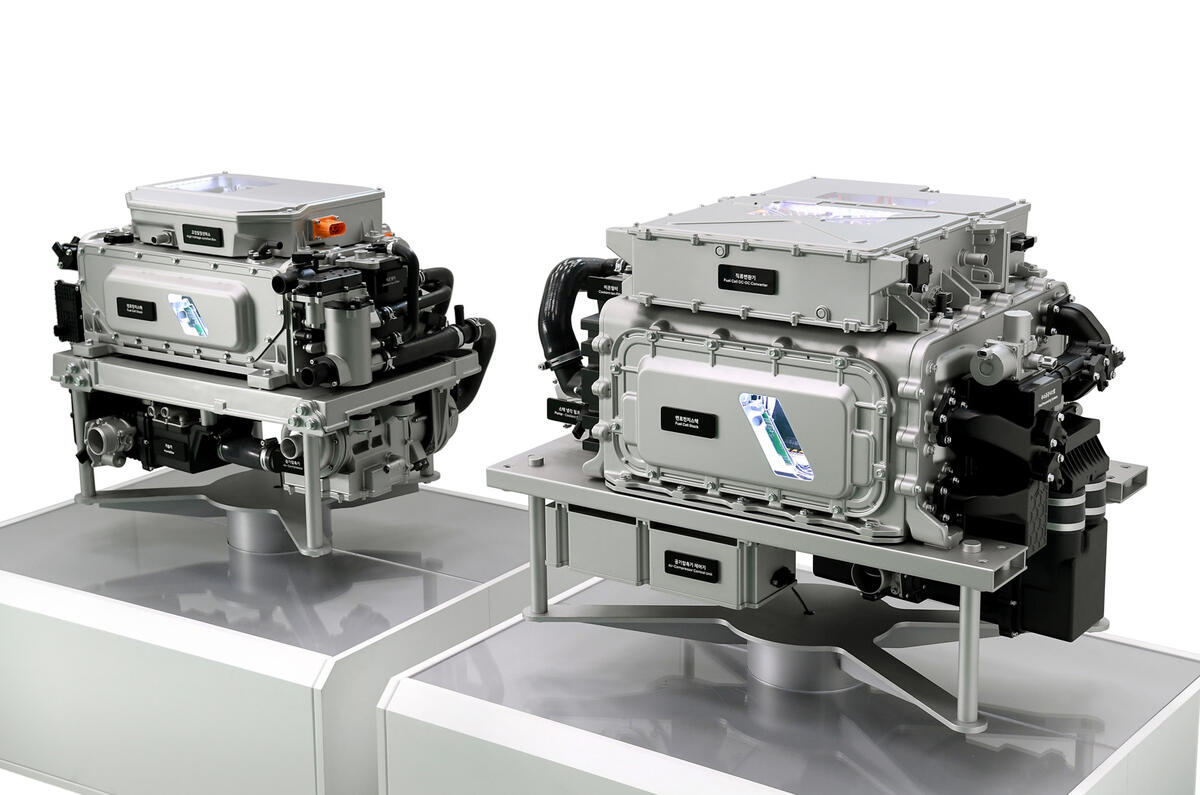
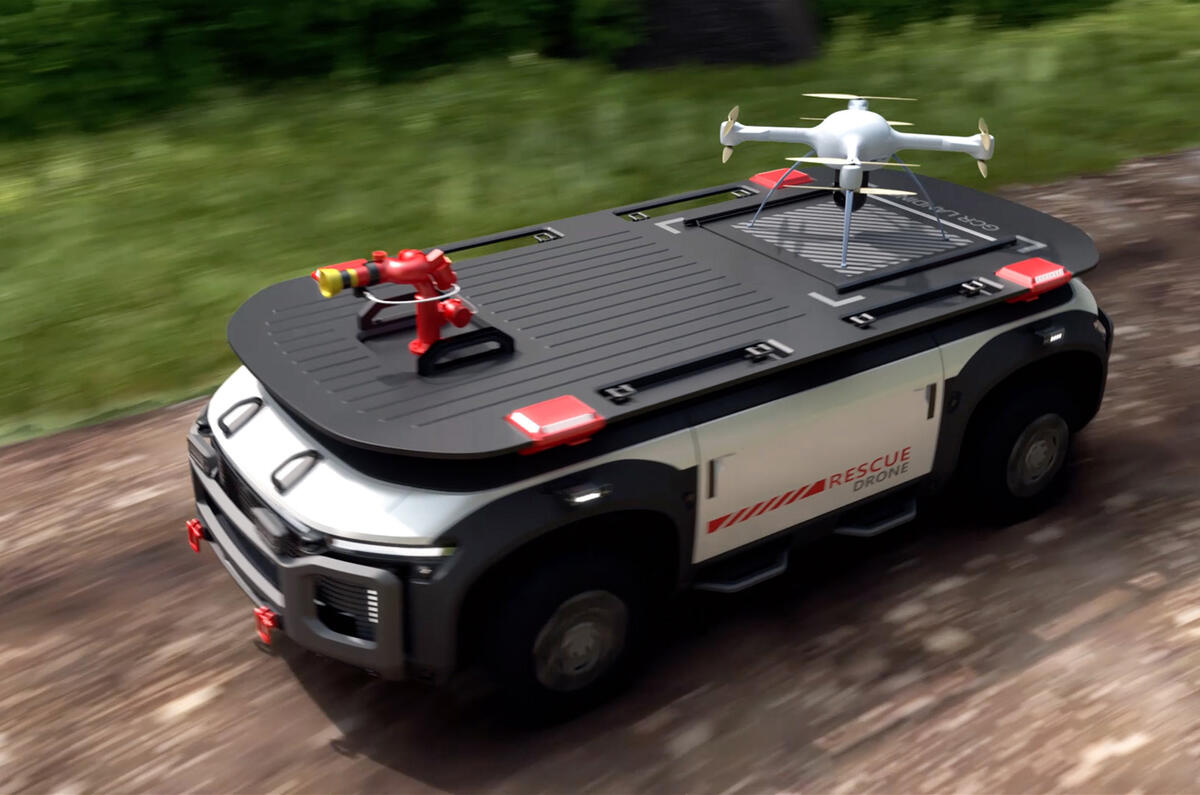
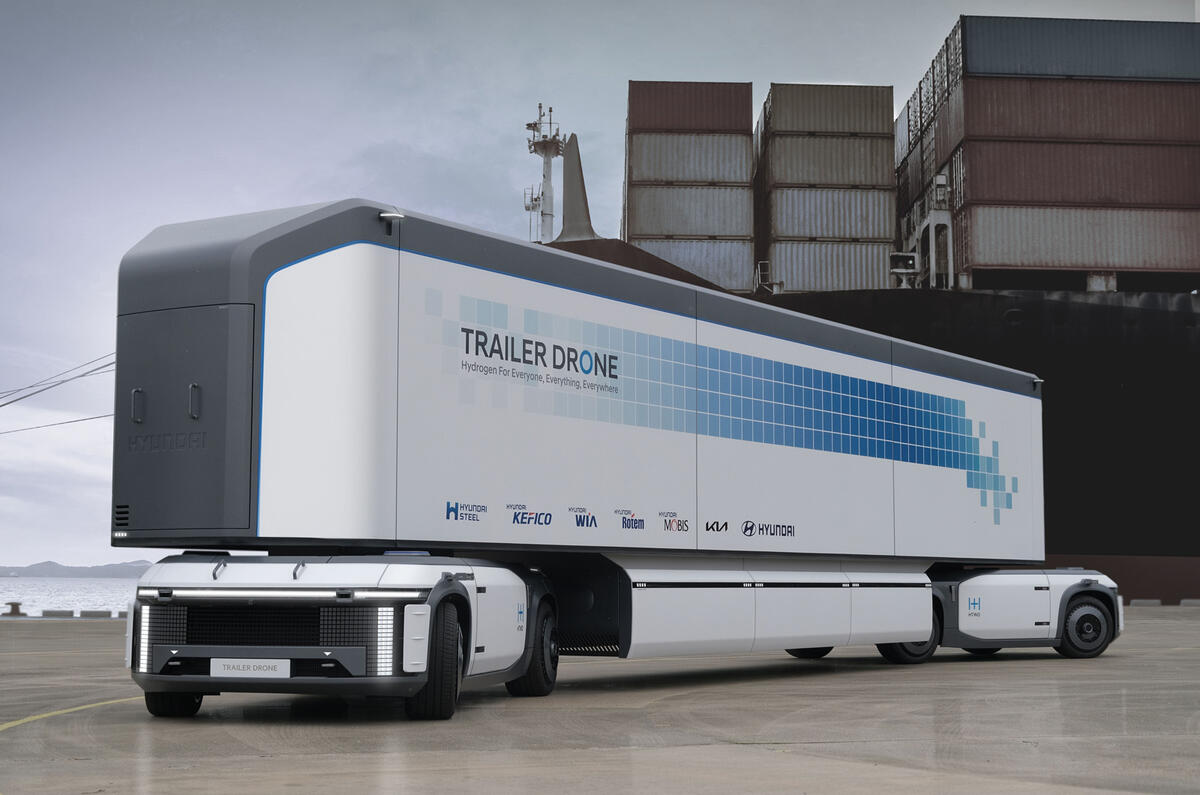
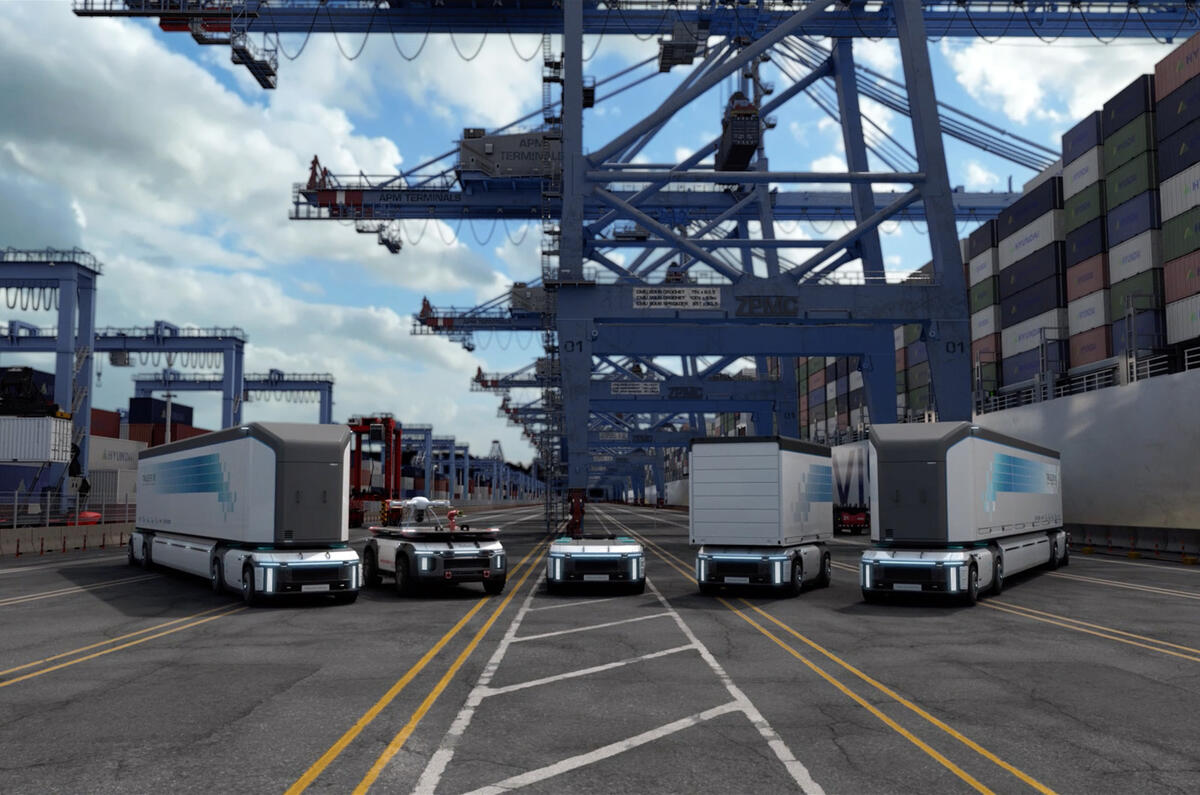
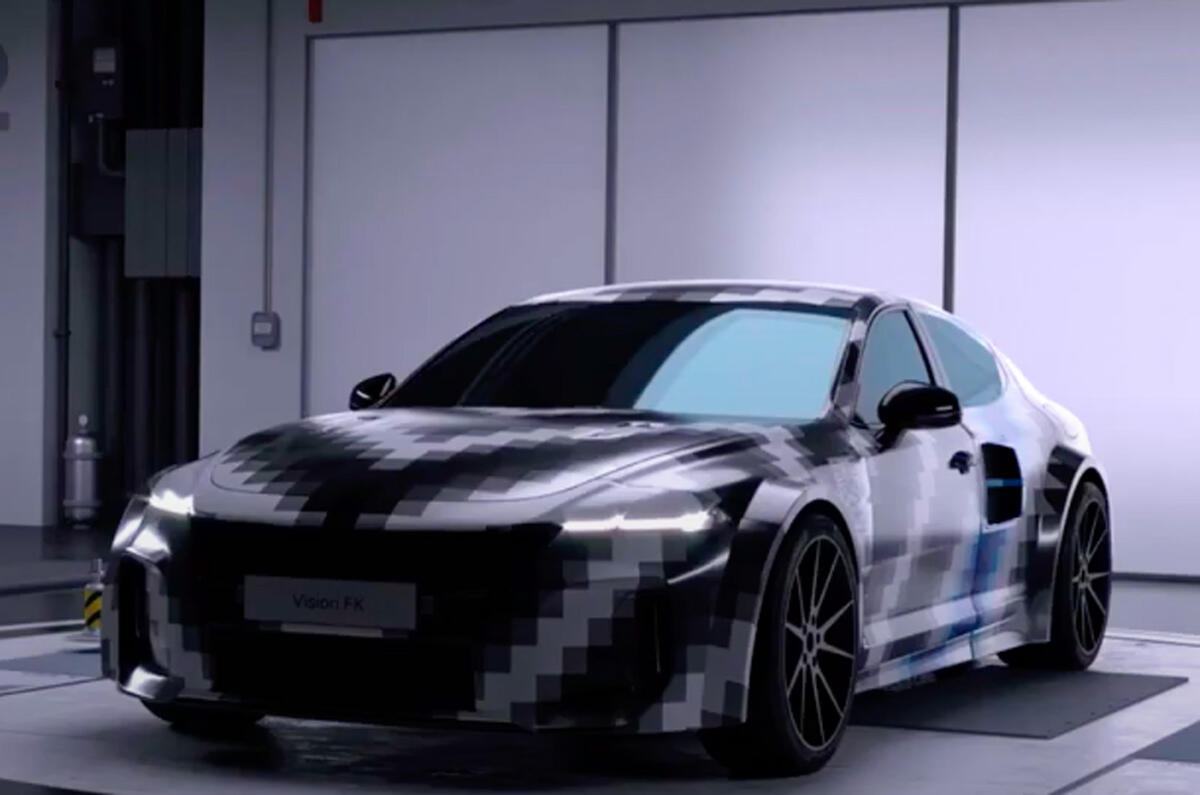
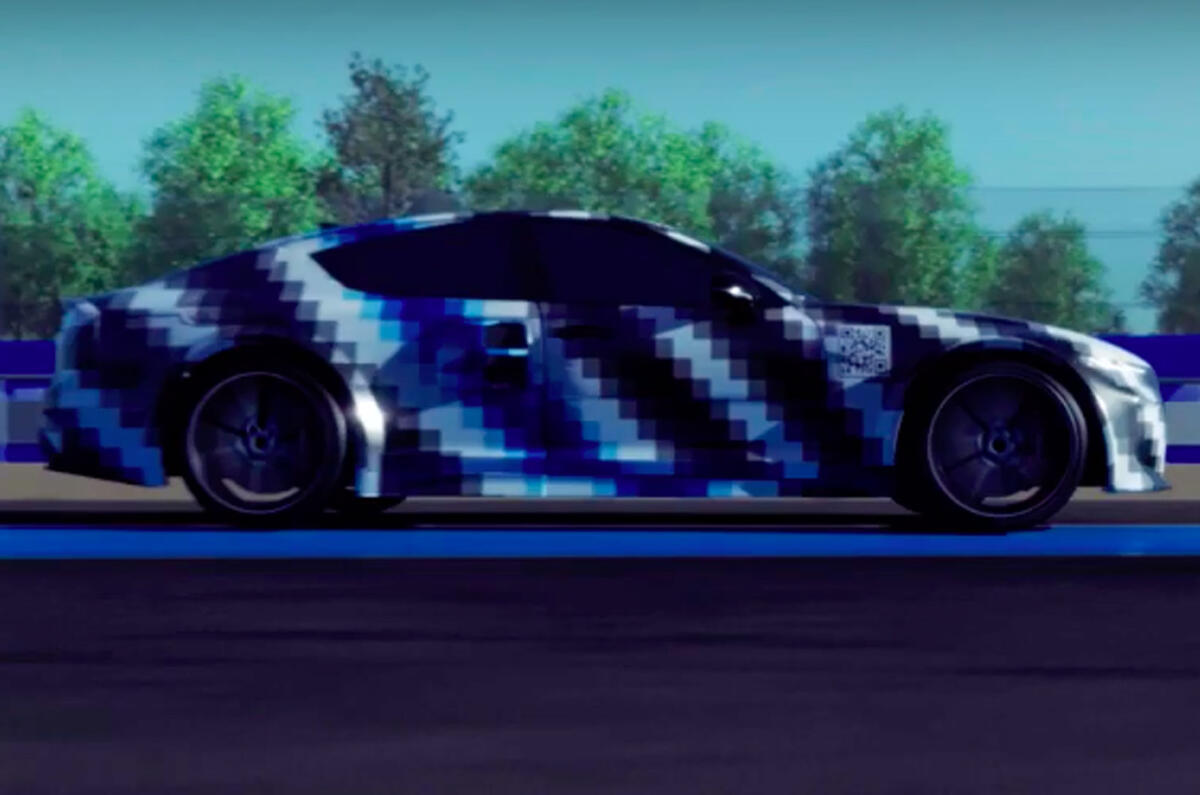
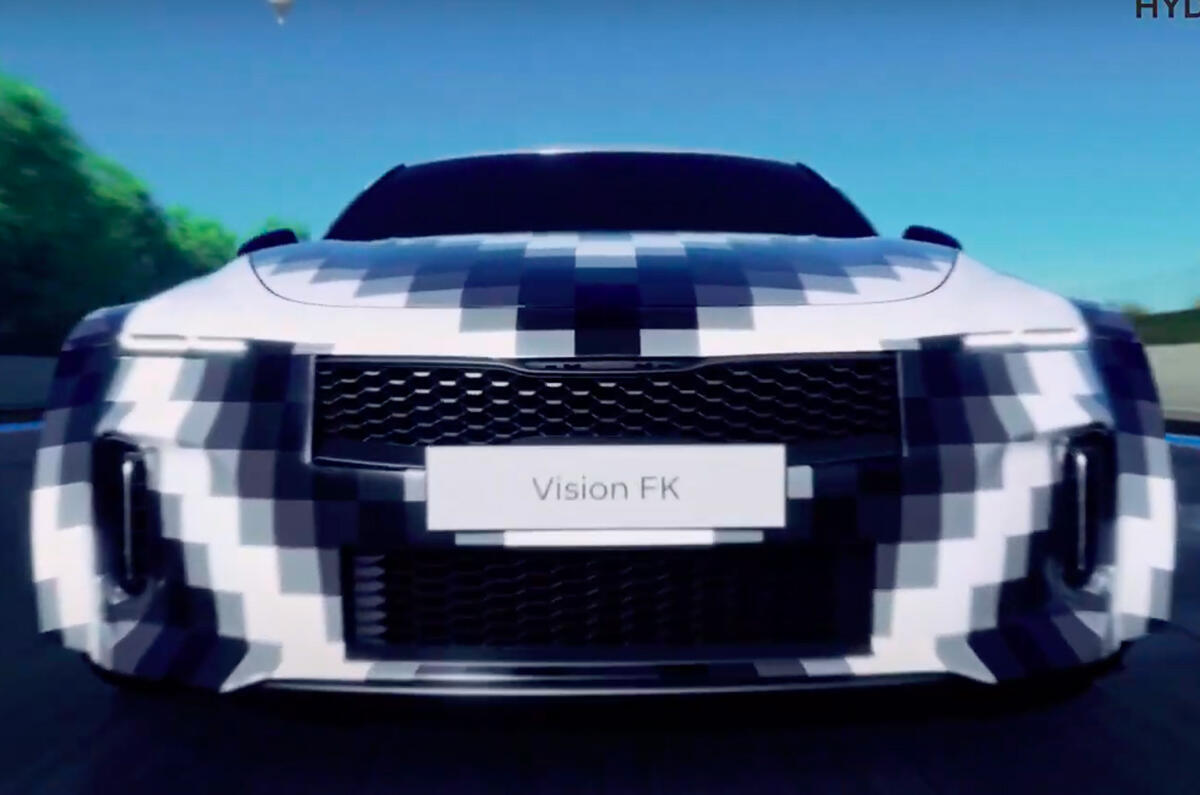
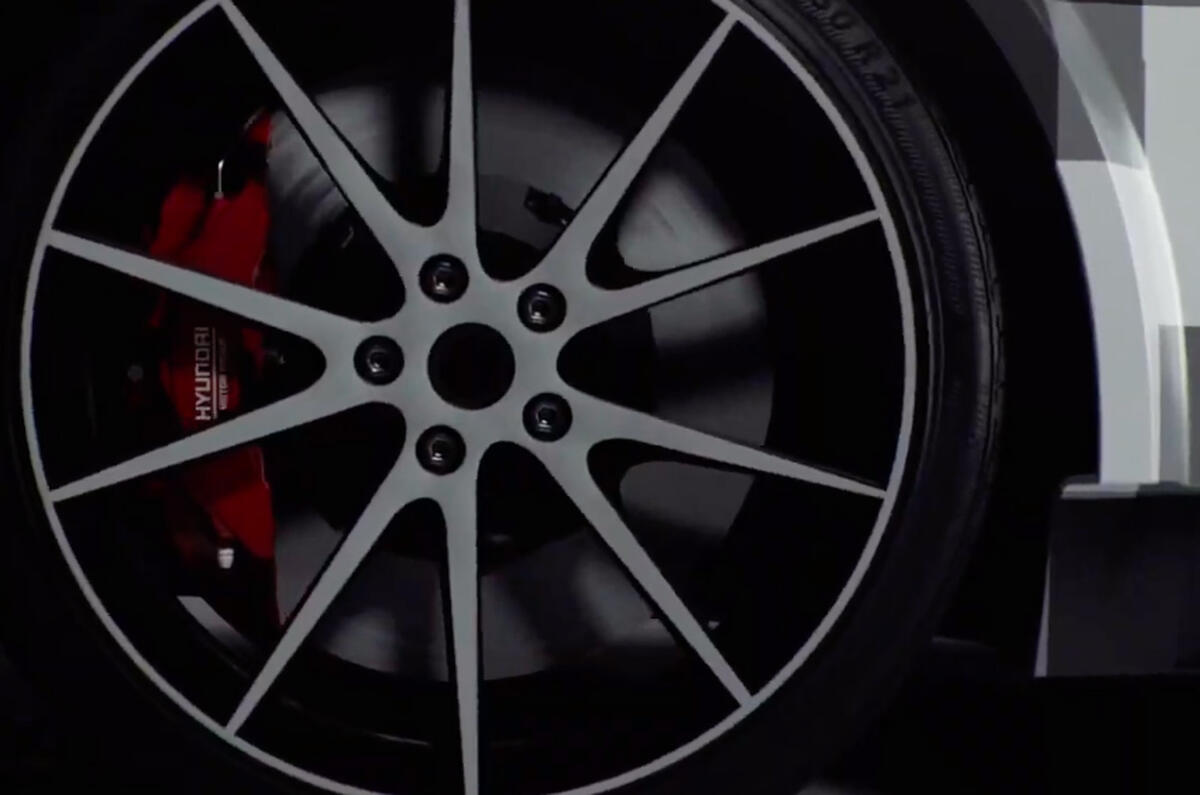
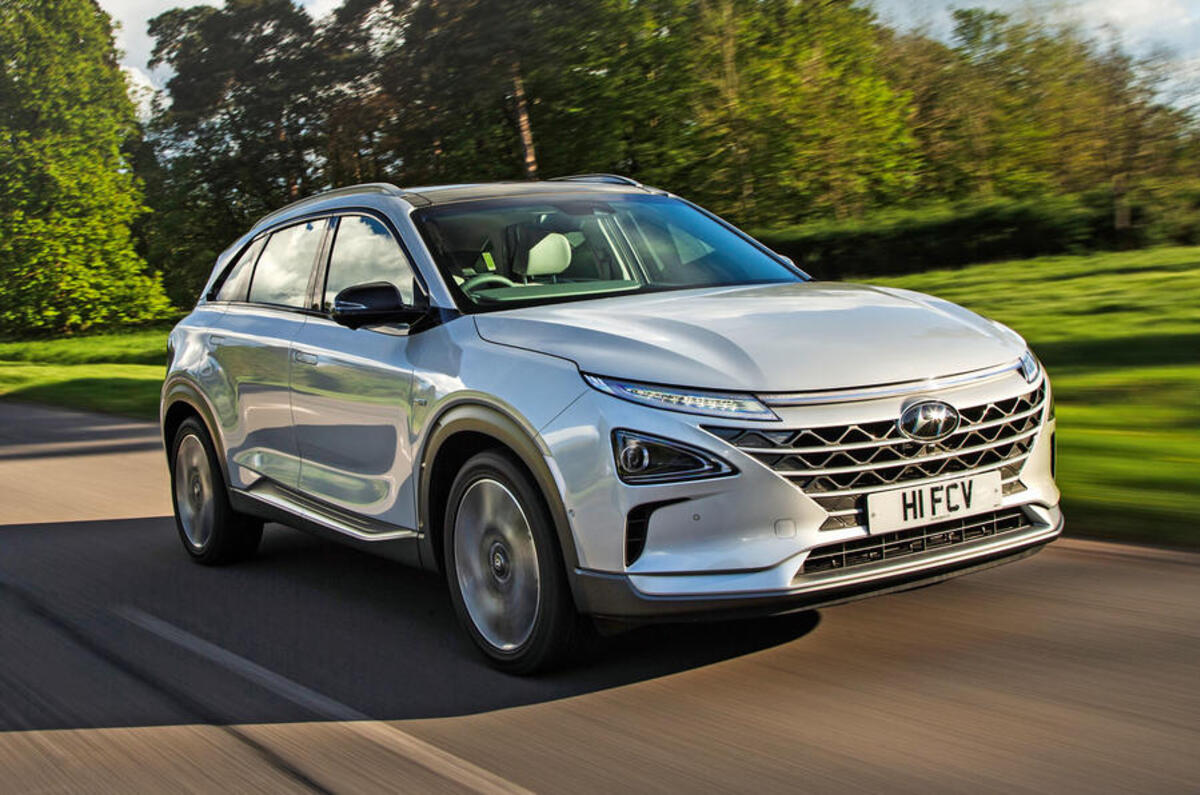
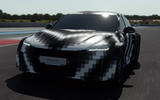
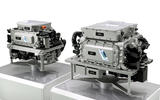
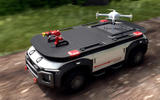
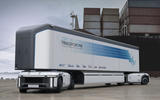

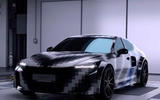

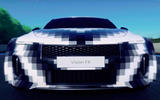

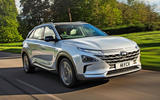

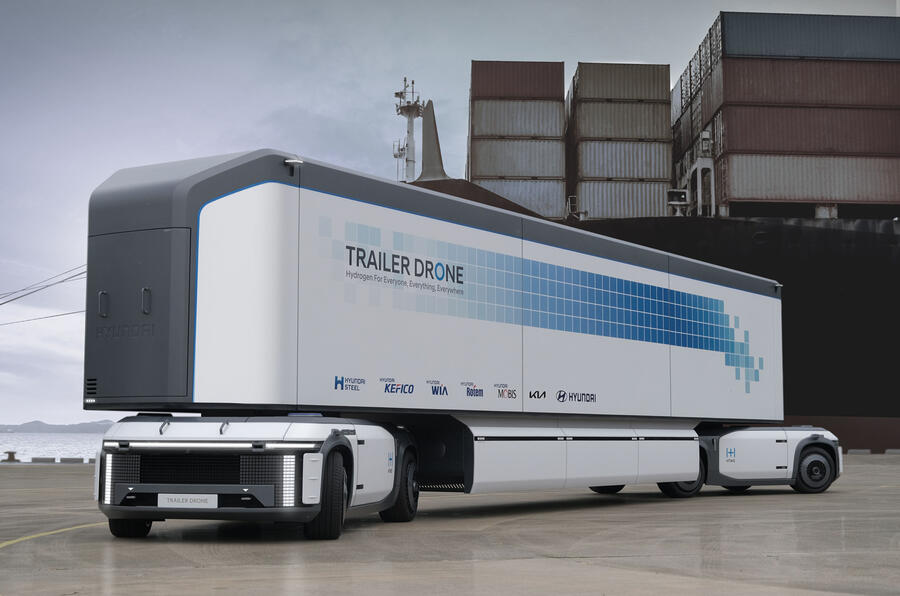






Join the debate
Add your comment
@Electrohead Very true, and that hydrogen production is responsible for 2% of global GHG emissions.
@bol I agree 100%.
P.S. Dear Autocar, please update your commenting system, it is terrible.
I am glad its still being developed. Whilst it could be argued its inefficient to say, use electricity to produce Hydrogen only to turn it back into electricity which is true. EV's are not faultless either. from the moment you unplug it, you are carrying a heavy 'fuel tank' that despite emptying gets no lighter so a large part of your energy use is dragging it around at all times. Less of an issue with a hydrogen tank vehicle.
Room for both to explore.
Well, that's the falsest equivalency I've heard today. An empty fuel cell car is only 5-6 kg lighter than a full one - and either way, roughly on par with a pure-electric of similar size. (Hyundai Nexo = 1874kg, Ioniq 5 RWD = 1830-1990kg.) The fuel cell stack, energy buffer, armoured storage vessel and filler system are what constitute the vast majority of FCV-specific weight, not the hydrogen itself.
The fuel cell vehicle's still using three times as much electricity as the electric vehicle, regardless of how full the tank is.
PART-TIME JOB FOR USA
Google pays for every Person every hour online working from home job. I have received $23K in this month easily and I earn every week $5K to 8$K on the internet. Every Person join this working easily by just open this website and follow instructions,
Here’s what I do >>> easy40 .com